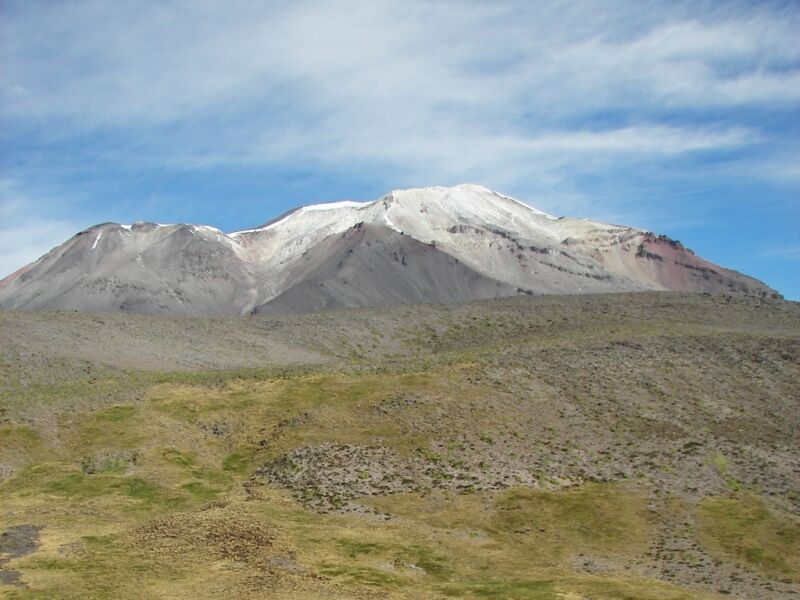Inca priests used natural antidepressants for nefarious purposes

Enlarge (credit: By Nilsf - Own work, CC BY-SA 3.0, https://commons.wikimedia.org/w/index.php?curid=23446041)
A recent toxicology analysis of the 500-year-old remains of two small children sacrificed in a ritual atop southern Peru's Ampato volcano showed that the children's hair and fingernails contained traces of cocaine, as well as two chemical compounds from a flowering vine that's a key ingredient in the psychedelic beverage ayahuasca.
The compounds in question, harmine and harmaline, are both part of a group of antidepressants called MAOIs (monoamine oxidase inhibitors). The only possible place the Inca could have found these compounds is the flowering vine known to modern science as Banisteriopsis caapi-and to the Indigenous Quechua people as liana of the dead." Famously, the liana is one of the two main ingredients in a ritual drink called ayahuasca, which can induce hallucinations or an altered state of mind.
But the analysis found no trace of the compound DMT (N,N-Dimethyltryptamine), which makes ayahuasca such a powerful hallucinogenic. That compound comes from the other main ingredient in ayahuasca, a shrub called chacruna (which, incidentally, is a relative of the plant that gives us coffee).
Read 17 remaining paragraphs | Comments